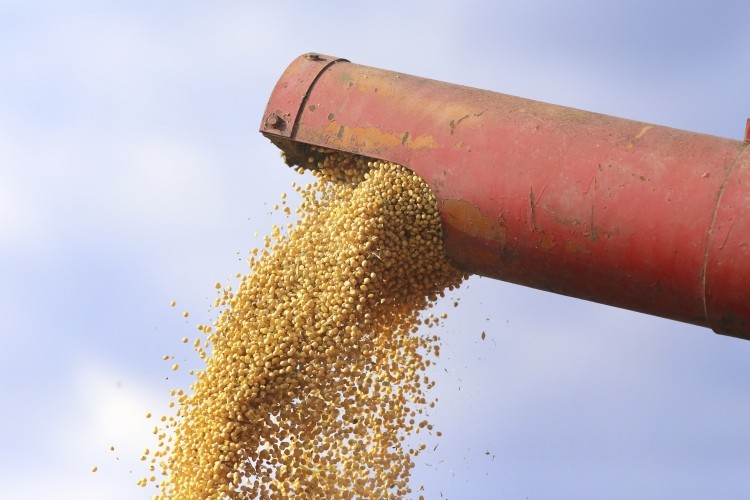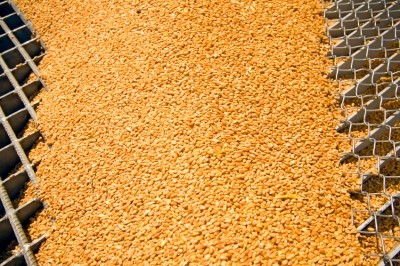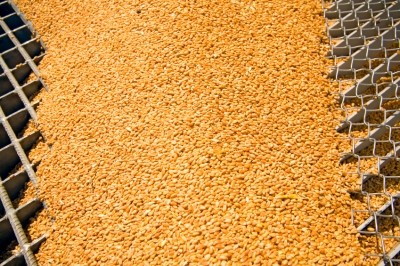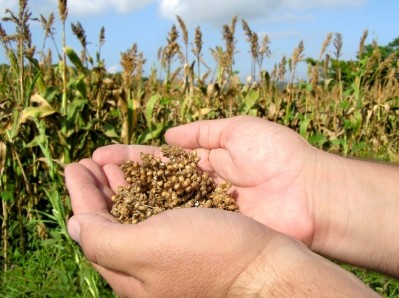Special Edition: Grain Market Developments
US feed crop stock levels will keep prices low

The US Department of Agriculture (USDA) released its report on grain stocks last week and offered an accounting for the final numbers for the 2015 crop year.
Carryout and the amount of corn stocks remaining at the start of the harvest are strong and likely to lead to a buildup in inventory, said Chris Hurt, professor of agricultural economics at Purdue University. Both US and world stocks are expected to be adequate going forward.
“It’s the highest carryout we have had since 2008,” he told FeedNavigator. “We are looking at some inventory build up – with a good crop that we’re harvesting, [we’ll have] no shortages of corn.”
Soybeans have a lower carryout at about 5%, owing to usage and the reduced size of the crop in South America, he said.
“They lost about 220m bushels of soybeans and much of that had to be made up with US shipments,” he said. “We have very aggressive export shipments going on – that has helped buoy up prices.”
“There are two pieces of good news,” said Hurt. “One is that US farmers feed the world and a big crop does provide much better food supplies for a world that has a lot of mouths to feed, and the second part it is the usage we have particularly this fall – yes prices are low, but we have strong usage and a sense that for both corn and beans if you have a lot to sell, there are still buyers.”
Crop pricing
While, there are good corn exports currently, it is not anticipated that the 2016 crop will see an increase in prices, said Hurt. “We do anticipate lower prices for the 2016 crop than the 2015 crop,” he added.
However, continuing low feed prices may encourage animal producers to boost herds and additional usage combined with a return to more normal crop yields should eventually bring prices back up, he said.
“I think there’s a general tone in the that 2016 crop will be the lowest price we’re going to see and then we’ll see higher prices in the ‘17 crop,” he said.
If soybean crops in South American return to more traditional yields next year, US sales could drop, said Hurt.
There also is an expectation that there may be more crop acres of soybeans planted in the spring, he said. Both corn and wheat crops are expected to see a down turn in acres planted looking at the next few years.
Corn and soy numbers
Old crop stocks for corn were about 1.74bn bushels, up from September of 2015, said the USDA. Disappearance for the June-August 2016 period was 2.97bn bushels, up from the year before.
The amount stored in September of 2015 was about 1.731bn bushels, while the corn supply for September of 2016 was 1.74bn bushels, the department said.
Stored soybeans were up by about 3%, from the past year, the department said. Disappearance for the June-August period was up 55% from the year before.
However, overall production for soybeans in 2015 was lowered by 2.82m bushels from past estimates, the department said.
Soybean stocks were about 190m bushels in September of 2015, compared to 197m bushels in 2016, the agency said.
Wheat and other feed grains
Wheat stored was about 2.53bn bushels, an increase of 21% from 2015, said the USDA. Summer disappearance was up by 6%.
Barley stocks also saw growth from 2015 to 2016, with an overall increase of about 5%, the department said. However, disappearance dropped by 8% from the year before.
Oats amounts in storage dropped from 2015 to 2016 by about 16%, said the department. Disappearance was about 42.9m bushels compared to 49.9m bushels in 2015.
Grain sorghum in storage amounted to about 36.6m bushels on 1 September, said the USDA. The amount was an increase of about 99% from the past year.
The indicated disappearance for the June-August 2016 period was 53.7m bushels – and increase of about 238%, the department said.












